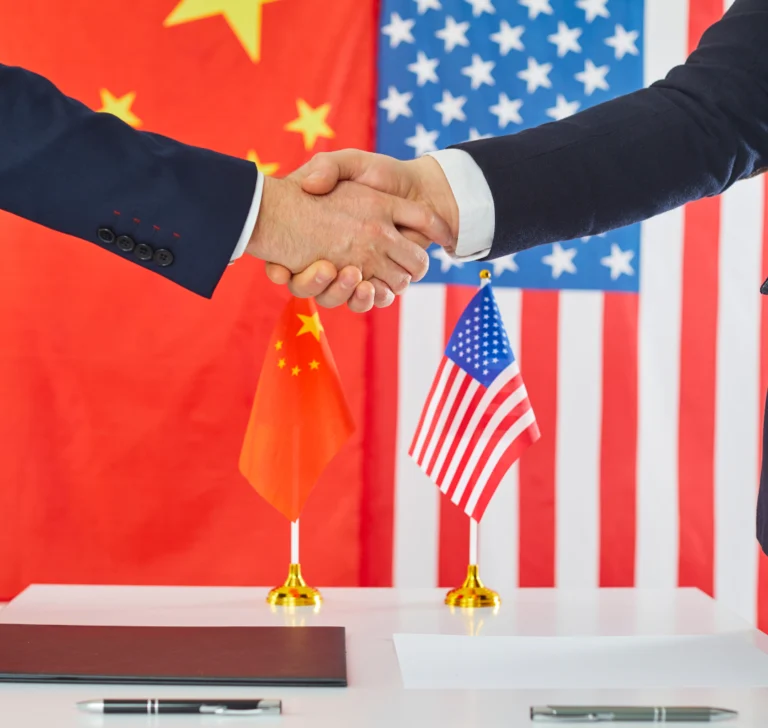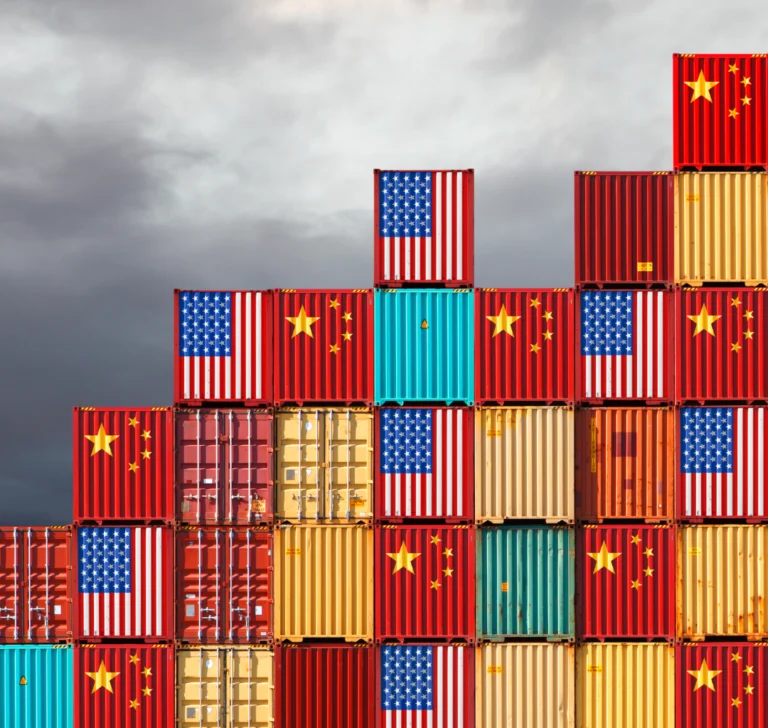A new 90-day extension on tariffs against China was announced on Monday, August 11.
The United States and China agreed to temporarily suspend the increase of tariffs on each other’s products until November 10, representing a 90-day extension. The announcement came just hours before the previous extension expired.
During this period, the United States will maintain the 30% tariff on Chinese imports, while China will keep the 10% tariff on American products. New agreements will be negotiated within these 90 days to establish the final tariff rates governing trade between the two countries.

China and the United States reach another tariff agreement
The postponement agreed upon by both countries was intended to prevent tariffs from reaching the 145% and 125% levels initially proposed by China and the United States, respectively. Following the agreement, U.S. President Donald Trump signed an executive order granting an additional 90-day delay before the tariffs are implemented. In a statement, he said that China is seeking measures to address U.S. economic and national security concerns, which led to this agreement.
Chinese authorities indicated that the extension provides time for both countries to continue negotiating key trade issues, such as the trade deficit and tariff reductions. Currently, the largest trade deficit of the United States is with China, reaching $295.4 billion in 2024. This imbalance has been a persistent problem in the commercial relationship between the two nations and a central point of tension in the negotiations.
China has also reportedly agreed to ease some restrictions on exports of rare earth metals to the United States, another critical topic on the bilateral trade agenda, according to NBC.

90 days to implement reciprocal tariffs
After two days of negotiations in Stockholm in July, Trump decided to extend the truce. These talks, led by Treasury Secretary Scott Bessent and Chinese Vice Premier He Lifeng, marked the third round of dialogue between Washington and Beijing in less than three months.
Although Chinese officials expressed satisfaction with the progress made in Stockholm and U.S. cabinet members anticipated the extension, the agreement remained fragile. Bessent had indicated that the extension would ultimately depend on Trump’s decision, which was confirmed on August 11.
The negotiations between China and the United States have taken a different path than other trade discussions the Trump administration holds with its allies, focusing instead on implementing reciprocal tariffs and sector-specific levies in various economies.
The 30% tariffs imposed by Trump include an additional 20% levy related to fentanyl, plus a base charge of 10%. These add to the tariffs already established on certain Chinese products during his first term. For now, all that remains is to wait for the next agreement the two powers manage to reach within the 90-day timeframe.

The strangest Black Friday purchases: from funny to nothing
Fueled by the adrenaline of the moment and the excitement of scoring big discounts, many shoppers have ended up buying unusual items during Black Friday.

Young drivers wanted, older drivers needed: the industry’s biggest dilemma
The road transportation industry remains at a crossroads in its efforts to recruit young drivers, but the workforce keeps aging and seeking retirement. The road

Thanksgiving, Black Friday and the Long Weekend: America Moves Because Trucks Never Stop
Thanksgiving, Black Friday and the Long Weekend: America Moves Because Trucks Never Stop

Thankful for the Drivers Who Keep America Moving This Thanksgiving
Thankful for the Drivers Who Keep America Moving: The Invisible Work Behind One of the Busiest Thanksgiving Seasons

Preparing for Thanksgiving travel: best and worst times to travel
Whether you are a truck driver, a traveler, or simply someone who needs to move around during these days, we share essential information to help

Cargo theft spikes during Thanksgiving: how to stay safe
Every year during Thanksgiving, cargo theft poses a serious threat to the trucking industry, and this year will be no exception. Every year during Thanksgiving,
